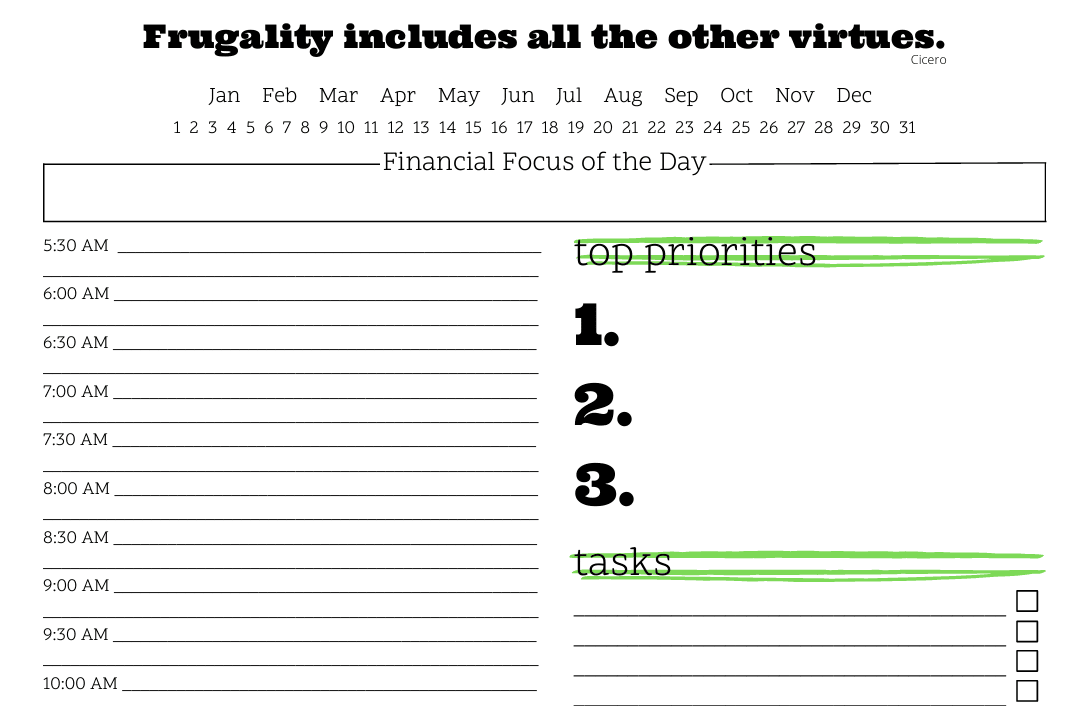This article may contain references to products or services from one or more of our advertisers or partners. We may receive compensation when you click on links to those products or services. Nonetheless, our opinions are our own.
The information presented in this article is accurate to the best of our knowledge at the time of publication. However, information is subject to change, and no guarantees are made about the continued accuracy or completeness of this content after its publication date.
Effective strategies for long-term financial care are necessary to maintain retirement savings and ensure access to quality healthcare later in life. Many people plan for retirement by focusing on income, investments, and lifestyle, but often overlook the high costs of extended care. Services such as in-home assistance, assisted living, or nursing home care can be expensive, frequent, and long-term. Without proper preparation, these costs can reduce retirement funds and force difficult financial choices.
Planning for these expenses now allows individuals and families to avoid unnecessary stress and maintain financial balance. For example, a couple entering retirement with adequate savings may still find themselves financially stretched if one spouse requires extended nursing home care unexpectedly. Applying strategies for long-term financial care helps align available financial resources with anticipated needs, providing both clarity and flexibility. It also allows families to focus on well-being rather than financial stress, ensuring that quality care remains accessible without sacrificing other goals or lifestyle priorities.
Strategy 1: Evaluate Your Financial Situation
The first strategy for long-term financial care is to conduct a comprehensive review of your financial situation. This involves listing all assets, liabilities, and sources of income to determine what can realistically be allocated toward future care.
Comparative Table Financial Assessment for Long-Term Care Planning
| Component | Examples | Role in Financial Care Strategies |
|---|---|---|
| Assets | Savings, retirement accounts, home equity | Identify funds available for care and potential emergency coverage |
| Liabilities | Mortgages, loans, credit cards | Determine financial obligations that may limit care spending |
| Income Sources | Social Security, pensions, rental income | Assess sustainable monthly allocations toward care and avoid overcommitment |
A thorough financial review helps identify gaps between available resources and projected expenses. For instance, someone with significant home equity may consider a reverse mortgage as a potential funding source, while those with smaller savings may focus on insurance or HSA contributions. Regular updates to this assessment are important, as financial situations, investment performance, and income streams can change over time.
Strategy 2: Explore Insurance Options
Insurance is a crucial tool for managing long-term care expenses. Several products are specifically designed to provide coverage for extended care. Understanding which policies fit your circumstances can reduce financial risk and ensure care quality.
Comparative Table Insurance Options for Long-Term Financial Care
| Insurance Product | Benefits | Limitations |
|---|---|---|
| Long-Term Care Insurance | Covers in-home, assisted living, and nursing home care | Premiums increase with age; medical approval required |
| Health Savings Account HSA | Tax-advantaged savings for medical and care expenses | Only available with high-deductible plans |
| Life Insurance with LTC Rider | Access death benefits for care; may reduce estate taxes | Higher cost; lower payout for heirs if used |
Long-term care insurance is especially effective for individuals expecting higher care needs or wanting predictable coverage. HSAs provide a tax-efficient way to save for care while also covering other medical expenses. Life insurance with LTC riders offers flexibility, allowing access to funds if care is needed but maintaining some death benefit for heirs. Comparing these options ensures that individuals select the tools best suited for their financial and health circumstances.
Strategy 3: Build a Long-Term Care Budget
Budgeting for long-term care allows you to anticipate expenses and avoid financial stress. This strategy involves integrating projected care costs into existing monthly and yearly budgets to ensure sustainable funding.
Comparative Table Budgeting for Long-Term Financial Care
| Expense Category | Estimated Monthly Amount | Contribution to Care Planning |
|---|---|---|
| Fixed Expenses | 2500–4000 | Rent or mortgage, taxes, insurance premiums |
| Variable Expenses | 1500–3000 | Utilities, groceries, transportation |
| Projected Long-Term Care Costs | 4500–8000 | Covers home care, assisted living, or nursing home services |
For example, including a projected monthly $4,500 for in-home assistance allows individuals to see how this expense impacts their overall budget. Adjusting discretionary spending or reallocating funds from other savings categories ensures that the budget remains realistic. This approach also allows room for unexpected costs, such as medical emergencies, minor home renovations to accommodate mobility needs, or additional caregiving support. Regularly reviewing and updating the budget keeps it aligned with evolving circumstances, ensuring that long-term financial care remains manageable.
Voted "Best Overall Budgeting App" by Forbes and WSJ
Monarch Money helps you budget, track spending, set goals, and plan your financial future—all in one app.
Get 50% OFF your first year with code MONARCHVIP
Strategy 4: Implement Savings Approaches
Once projected costs are identified, actively saving for long-term care is a critical strategy. Structured savings provide security and reduce reliance on emergency funds or asset liquidation.
Comparative Table Savings Approaches for Long-Term Financial Care
| Method | Benefits | Implementation Tips |
|---|---|---|
| Long-Term Care Reserve | Dedicated funds; easy to monitor | Open a separate account; automate monthly contributions |
| Health Savings Account HSA | Tax-efficient growth; qualified withdrawals untaxed | Maximize annual contributions if eligible |
| General Budget Allocation | Flexible; integrates care with retirement savings | Allocate a portion of discretionary funds toward care |
Opening a dedicated long-term care reserve account ensures transparency and accountability. Contributing to an HSA offers tax advantages, while regular allocation from the general budget fosters financial discipline. Annual reviews of savings goals and adjustments based on life stage, health status, and market conditions help maintain an effective strategy over time.
Strategy 5: Use Resources and Support
Planning for long-term care is more effective when professional guidance and community support are utilized. Financial advisors, nonprofit organizations, online tools, and local events provide education, planning assistance, and networking opportunities.
Comparative Table Resources for Long-Term Financial Care
| Resource Type | Purpose | Example Contacts |
|---|---|---|
| Financial Advisor | Personalized guidance on assets, care planning, and insurance selection | [Website/Phone] |
| Nonprofit Organization | Workshops and education about long-term care and financial planning | [Website/Phone] |
| Online Tools | Cost calculators and planning software | [Website] |
| Community Events | Networking with families and professionals | [Event/Location] |
Engaging these resources helps individuals make informed decisions and implement strategies effectively. For example, a financial advisor can help evaluate whether LTC insurance or HSA savings is more suitable, while online cost calculators provide realistic expense projections for different care options. Nonprofit workshops and community events provide insight into Medicaid rules, caregiving tips, and local support networks.
Frequently Asked Questions
Why are strategies for long-term financial care important
They protect retirement savings, reduce stress on family members, and ensure access to quality care when it is needed most.
What financing methods support long-term care
Private savings, insurance policies, Medicaid, and veterans benefits are commonly used to cover expenses.
How can I estimate personal care costs
Start with national averages, adjust for local costs and health projections, and consult a financial advisor for tailored guidance.
How can I start saving for care now
Create dedicated accounts, contribute regularly, and use tax-advantaged accounts such as HSA. Monitor contributions annually and adjust as necessary.
What role can family members play
Early discussions help align care preferences, responsibilities, and financial contributions, ensuring smoother coordination when care is needed.
Conclusion
Applying these five strategies for long-term financial care helps individuals plan effectively for potential healthcare costs while protecting retirement savings. Evaluating finances, exploring insurance, budgeting thoughtfully, saving consistently, and leveraging professional and community resources ensures that long-term care needs are met without compromising other goals. Planning today provides clarity, stability, and flexibility for the future, allowing families to focus on well-being rather than financial stress.

Reviewed and edited by Albert Fang.
See a typo or want to suggest an edit/revision to the content? Use the contact us form to provide feedback.
At FangWallet, we value editorial integrity and open collaboration in curating quality content for readers to enjoy. Much appreciated for the assist.
Did you like our article and find it insightful? We encourage sharing the article link with family and friends to benefit as well - better yet, sharing on social media. Thank you for the support! 🍉
Article Title: 5 Proven Strategies for Long-Term Financial Care for a Stable Future
https://fangwallet.com/2025/10/01/5-proven-strategies-for-long-term-financial-care-for-a-stable-future/The FangWallet Promise
FangWallet is an editorially independent resource - founded on breaking down challenging financial concepts for anyone to understand since 2014. While we adhere to editorial integrity, note that this post may contain references to products from our partners.
The FangWallet promise is always to have your best interest in mind and be transparent and honest about the financial picture.
Become an Insider

Subscribe to get a free daily budget planner printable to help get your money on track!
Make passive money the right way. No spam.
Editorial Disclaimer: The editorial content on this page is not provided by any of the companies mentioned. The opinions expressed here are the author's alone.
The content of this website is for informational purposes only and does not represent investment advice, or an offer or solicitation to buy or sell any security, investment, or product. Investors are encouraged to do their own due diligence, and, if necessary, consult professional advising before making any investment decisions. Investing involves a high degree of risk, and financial losses may occur including the potential loss of principal.
Source Citation References:
+ Inspo
There are no additional citations or references to note for this article at this time.












































